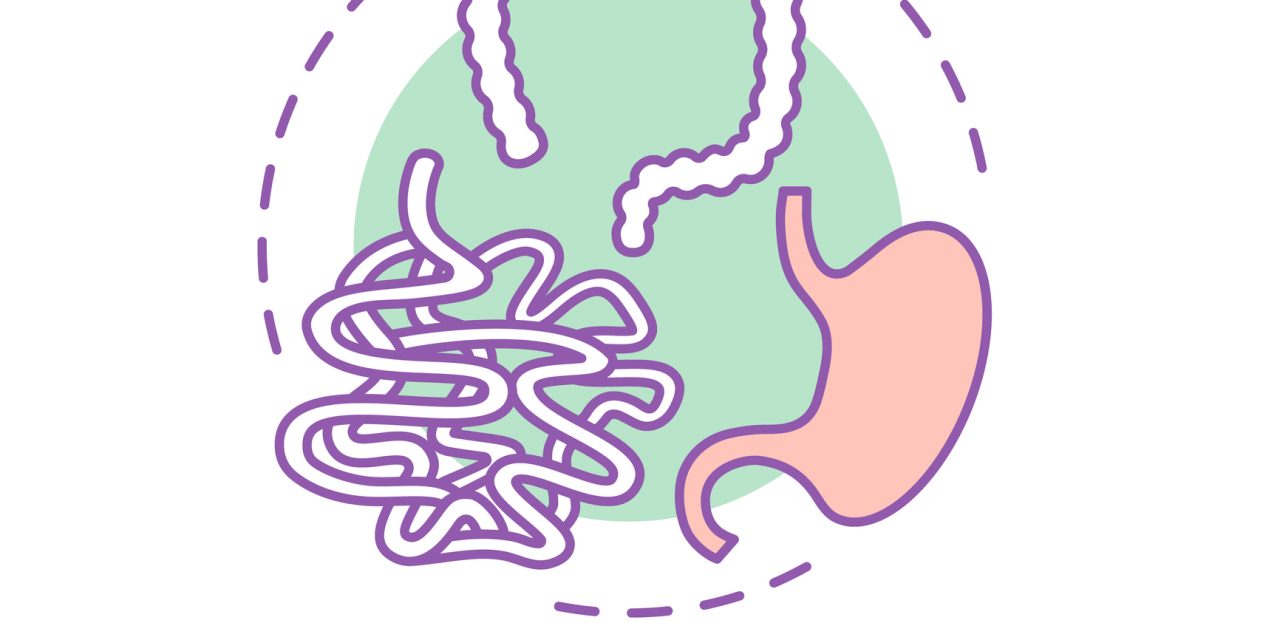Endobronchial ultrasound- and endoscopic ultrasound-guided fine-needle aspiration (EBUS-/EUS-FNA) are minimally invasive techniques of diagnosing and staging malignancies. The procedures are difficult to master, requiring specific feedback for optimizing yield.
Over 2 years, EBUS-/EUS-FNA cases were gathered using the institutional pathology database. Patient and specimen characteristics were collected from the pathology database and electronic medical record.
In 2 years, 789 unique FNA specimens were collected (356 EBUS and 433 EUS specimens). The cohort and each subgroup had excellent performance, which was enhanced by telepathology. The discrepancy rate was satisfactorily low. Hematolymphoid neoplasms are overrepresented in discrepant EBUS cases. The malignancy rates of cytology diagnostic categories were comparable to the literature.
Using diagnostic yield and concordance results allow for comprehensive evaluation of the entire process of EBUS-/EUS-FNAs. This study’s findings can influence patient management, training methods, and interpretation of results, while also acting as a model for others to investigate their own sources of inadequacy, discrepancy, and training gaps.
© American Society for Clinical Pathology, 2020. All rights reserved. For permissions, please e-mail: journals.permissions@oup.com.
Evaluation and Comparison of Performance Parameters and Impact of Telepathology and Operator Experience on Endobronchial and Endoscopic Ultrasound-Guided Fine-Needle Aspiration.


